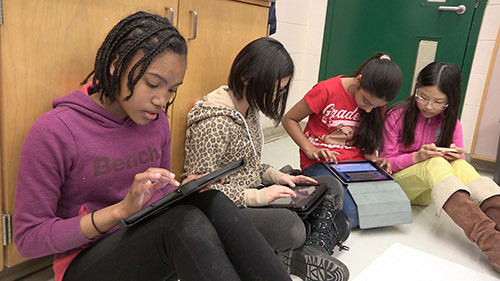
In 2003, the provincial government of Ontario, Canada initiated a focus on educational improvement as one of its key strategies for the future success of its people and its economy. Since then, the entire system has dramatically improved. As part of The Global Search for Education series on education system transformations, today we explore the secrets to Ontario’s success.
Ontario established three goals for its school system: to improve student achievement, to narrow the gap in achievement for students experiencing challenges, and to build public confidence in its school system. The success has been astounding: over the past decade, the percentage of students meeting provincial standards in the annual literacy and numeracy tests for grades 3 and 6 has risen from 54% to 71%, and the high school graduation rate has grown from 68% to 83%. Furthermore, in 2003, 780 elementary schools (out of 4000) were identified (but never publicly) as low performing, according to their scores on the provincial assessments. Many of these schools had higher proportions of students living in challenging circumstances of poverty and low parent education, or had high numbers of students whose first language was neither English nor French and who were struggling with academic language proficiency. Today, there are only 69 such schools.
I spoke to Mary Jean Gallagher, Chief Student Achievement Officer of Ontario and
Assistant Deputy Minister of the Student Achievement Division of the Ontario Ministry of Education, to find out more about the reform strategies employed to cause this amazing turnaround.

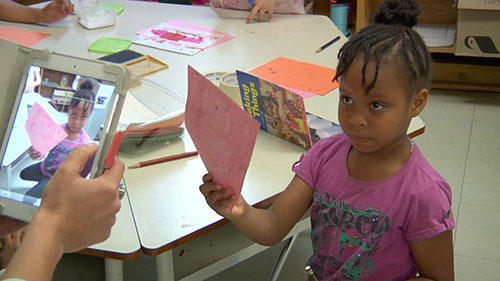
How did Ontario turn around so many problem schools?
This was due to the hard work of the educators in those schools and the Ontario Focused Intervention Partnership (OFIP), a ministry support for schools that assists teachers and administrators in planning, implementing, monitoring and refining a school improvement plan. This existing resources-based partnership assumes that a school’s very own educators are the force for change and supports them in leading the school to improved teaching and learning. OFIP takes a capacity building approach, and provides support for on-site professional learning to strengthen teaching skills and to increase teachers’ instructional repertoires to identify and meet the students’ learning needs in each school. Support is provided in the form of advice, shared research into effective practices, opportunities for exchanging insights among peers, and the funding per school ($15,000) for release time out of the normal work schedule for planning, monitoring, reflecting on and integrating what is being learned into classroom practice.
While supportive, the OFIP partnership requires that schools commit to a rigorous whole-school improvement process. In this partnership, the ministry’s OFIP team plays various support roles – coach, challenger, facilitator and mobilizer of ideas and knowledge – first to help districts and schools gauge as precisely as possible student needs, and later to put in place the plans to help meet them.
Can you tell me a bit more about what the practical logistics of this program entail?
Certainly. It starts with action planning in the early fall (in which schools develop and submit an improvement plan); a provincial learning session in mid-fall for staff teams from all OFIP schools in the province (knowledge is shared from previous experience as well as new learning about emerging needs – for example, student and staff resiliency in 2012, and staff learning in mathematics in 2013); mid-year conversations in early spring (monitoring and identifying mid-year successes and challenges in order to modify plans and activities); and a summative conversation in late spring (in which staff reflect on the year, successes, and challenges, and begin discussions about the coming year’s OFIP strategy).
The OFIP process fosters ownership for change at both the school and district levels. The process always starts with conversation – respectful, ongoing and focused on each school’s particular experience. Implementation of the improvement plan and its refinement are locally driven by a school’s own review and self-assessment. Some of the areas that schools have targeted for action include:
- Building inclusive, collaborative relationships and commitment to a common goal;
- Holding high standards for all students and using differentiated instruction and support to enable students to meet them;
- Reaching out to parents to build community support; focusing on a comprehensive literacy program, including higher order thinking and oral language proficiency, and a comprehensive mathematics program, including problem solving and direct instruction;
- Connecting professional learning needs to student learning needs at the classroom level.

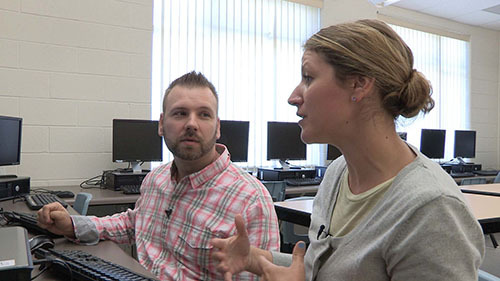
Please tell me about the Secondary School Support Initiative (SSSI).
The Secondary School Support Initiative was introduced in 2008 to provide targeted support for low-performing secondary schools where the pass rates in grades 9 and 10 target courses were significantly below the provincial average. Students in these courses often have persistent achievement challenges and may not be on track to graduate within 4 or 5 years. The initiative offers intense differentiated support to the schools to build the capacity of the principal as the instructional leader who works with teachers in a professional learning team to enhance instructional practices in the classroom. Schools involved in SSSI have consistently demonstrated improvements above provincial averages in pass rates in these courses, and feedback from staff identifies enhanced instructional leadership as well as a broader range of teaching strategies in place as a result of the program.
The basic components of the SSSI focus on the specific needs/skills gaps of low achieving students by:
- Supporting and mentoring the principal as instructional leader by focusing on the further development of core leadership capacities, practices and competencies;
- Providing job-embedded professional learning for staff with a focus on improvement and enhancement of teaching and learning, including providing time for staff to learn from each other;
- Improving achievement outcomes for students, particularly those who do not appear to be on track to graduate.
Supports are being provided in 2014/15 to 118 schools in 25 districts (of 900 secondary schools in the province). These supports include additional funding of $20,000 per school (up to a maximum of $170,000 per district) for superintendent and principal mentoring and monitoring; $15,000 for teacher release time for job-embedded professional learning; 2 provincial professional learning sessions for principal and teacher teams from all schools involved; and Ministry developed documents, resources and facilitation, including tracking templates for the collection and analysis of quantitative and qualitative data.


What has changed since the implementation of these strategies, besides graduation rates?
These programs have changed the trajectory of thousands of students’ academic lives. In both of these programs, the challenge of raising student and teacher expectations for success was great. But also, the evidence of current student work and its improvement shared among the staff became a powerful incentive for teachers to continue to improve their practice.
Do you think that the success in Canada says something larger about the way education might be changed globally?
Yes. It demonstrates that effects of socio-economic status on educational outcomes can be mitigated, and this can be done on a whole-school and system-wide basis by the very people and the same schools where low performance was once the norm. It was, in Ontario, the product of attention to research, and committed collaboration by educators focused on improved instruction and precision in meeting student needs.


(Photos are courtesy of Ontario Ministry of Education)
Join me and globally renowned thought leaders including Sir Michael Barber (UK), Dr. Michael Block (U.S.), Dr. Leon Botstein (U.S.), Professor Clay Christensen (U.S.), Dr. Linda Darling-Hammond (U.S.), Dr. MadhavChavan (India), Professor Michael Fullan (Canada), Professor Howard Gardner (U.S.), Professor Andy Hargreaves (U.S.), Professor Yvonne Hellman (The Netherlands), Professor Kristin Helstad (Norway), Jean Hendrickson (U.S.), Professor Rose Hipkins (New Zealand), Professor Cornelia Hoogland (Canada), Honourable Jeff Johnson (Canada), Mme. Chantal Kaufmann (Belgium), Dr. EijaKauppinen (Finland), State Secretary TapioKosunen (Finland), Professor Dominique Lafontaine (Belgium), Professor Hugh Lauder (UK), Professor Ben Levin (Canada), Lord Ken Macdonald (UK), Professor Barry McGaw (Australia), Shiv Nadar (India), Professor R. Natarajan (India), Dr. Pak Tee Ng (Singapore), Dr. Denise Pope (US), Sridhar Rajagopalan (India), Dr. Diane Ravitch (U.S.), Richard Wilson Riley (U.S.), Sir Ken Robinson (UK), Professor PasiSahlberg (Finland), Professor Manabu Sato (Japan), Andreas Schleicher (PISA, OECD), Dr. Anthony Seldon (UK), Dr. David Shaffer (U.S.), Dr. Kirsten Sivesind (Norway), Chancellor Stephen Spahn (U.S.), Yves Theze (LyceeFrancais U.S.), Professor Charles Ungerleider (Canada), Professor Tony Wagner (U.S.), Sir David Watson (UK), Professor Dylan Wiliam (UK), Dr. Mark Wormald (UK), Professor Theo Wubbels (The Netherlands), Professor Michael Young (UK), and Professor Minxuan Zhang (China) as they explore the big picture education questions that all nations face today.
The Global Search for Education Community Page
C. M. Rubin is the author of two widely read online series for which she received a 2011 Upton Sinclair award, “The Global Search for Education” and “How Will We Read?” She is also the author of three bestselling books, including The Real Alice in Wonderland, is the publisher of CMRubinWorld, and is a Disruptor Foundation Fellow.



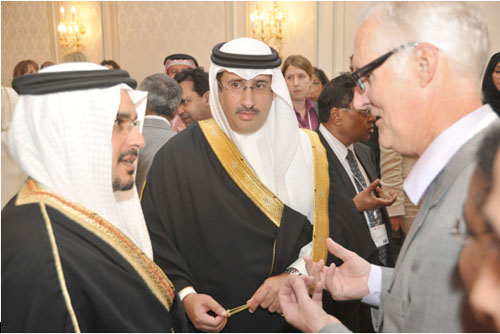
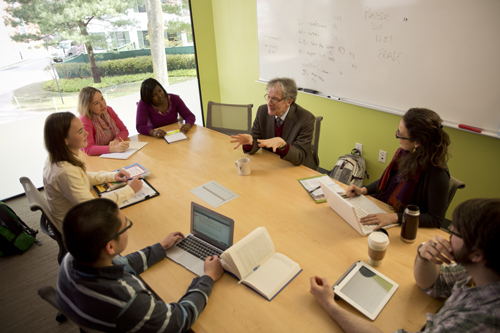

Recent Comments